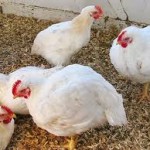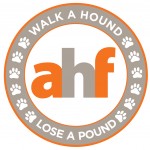Perhaps it is no coincidence that the animals we think of as being the most stupid – pigs, chickens, sheep – are also the ones we don’t always treat too well. However, humans might be the ones who have to rethink the definitions of “bird-brain” and “pig ignorance”.
According to a new report, chickens appear to be much more intelligent than previously thought, with better numeracy and spacial awareness skills than young children. “The domesticated chicken is something of a phenomenon,” Christine Nicol, professor of animal welfare at Bristol University, told the Times. “Studies over the past 20 years have revealed their finely honed sensory capacities, their ability to think, draw inferences, apply logic and plan ahead.”
When we underestimate the intelligence of animals we already consider clever – for instance, last year, researchers at the University of Manchester who had been studying orangutans in Indonesia found the apes built complex nests in trees, using a wide variety of specially chosen materials – it is hardly surprising that those considered to be at the low end of the smart scale can surprise us.
We know that flies can remember their destination, even when a distraction is put in their path. Researchers have found that fish can be trained to associate a sound with feeding times, and even remember this when released into the wild; an earlier study suggested the idea that a goldfish had a three-second memory was unfounded – goldfish could learn to press a lever for food, something they would be able to recall months later.
Sheep have been found to be far more intelligent than their unfair reputations suggest. In a series of tests involving learning how to get food from differently coloured buckets and recognising different shapes, carried out by researchers at Cambridge University, sheep performed as well as monkeys, and better than rodents. Sheep have also been found to recognise and remember the faces of 50 individual fellow sheep, as well as human faces.
It is only relatively recently that pigs have become more widely regarded as highly intelligent, following a number of studies. One, published by researchers at Cambridge in 2009, found pigs could use a mirror to find a bowl of food that had been hidden (something monkeys can also do). “Finding sophisticated learning and awareness in animals can alter the way people think about the species,” Professor Donald Broom told Wired magazine, “and may result in better welfare in the long run.”











